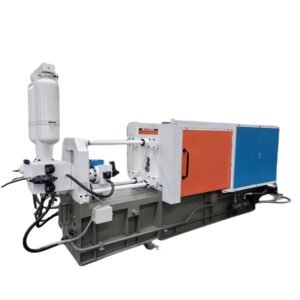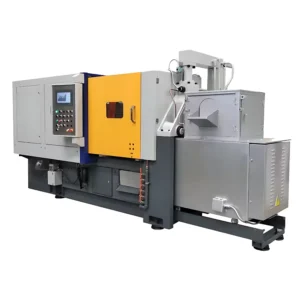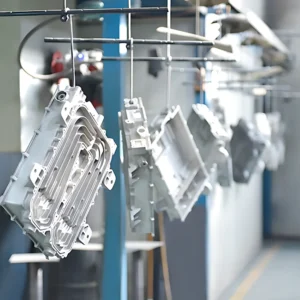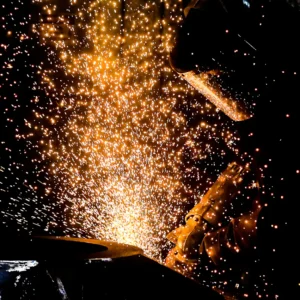On the surface, 3D printing is the process of adding materials to obtain a finished part. CNC machining, on the other hand, involves reducing material to obtain a finished part.
Of course, they differ in many other ways, such as cost, quantity, and materials. Now here’s a comprehensive guide to CNC machines vs. 3D printers to help you make an informed decision.
What is a CNC Machine?
CNC machines are automated manufacturing tools that follow pre-programmed computer commands. When a CNC system is activated, it receives instructions for the desired cuts, which are programmed into the software.
These instructions are then transmitted to the corresponding tools and machinery, which carry out the specified tasks, functioning much like a robot. It’s a kind of subtractive manufacturing where the material is cut to get a finished part.
These tools can carve, drill, mill, or grind various materials with exceptional accuracy and repeatability. In traditional numerical control machines, programs are inputted via punch cards. However, on CNC machines, programs are entered into computers through small keyboards. You can learn more about CNC Machine applications by clicking here.
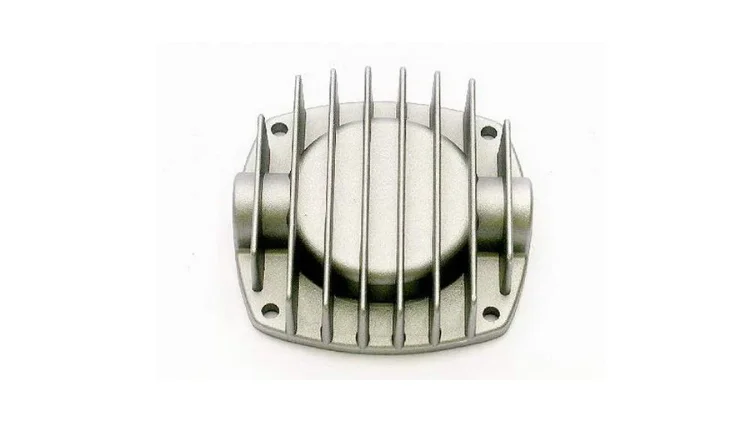
What is a 3D Printer?
3D printers build objects layer by layer from digital 3D models. They deposit material, typically plastic filament or resin, to create physical objects based on computer-generated designs. It’s additive manufacturing, as the material is added to get a finished part.
3D printing encompasses a range of processes that share a common methodology. Virtual models of 3D parts are first rendered in software as slices.
The thickness of each slice is determined to match the specific machine or setting, and these slices are then printed sequentially. By stacking these slices and bonding them together, both internally and with adjacent slices, a part is constructed through a series of finite 2D steps.
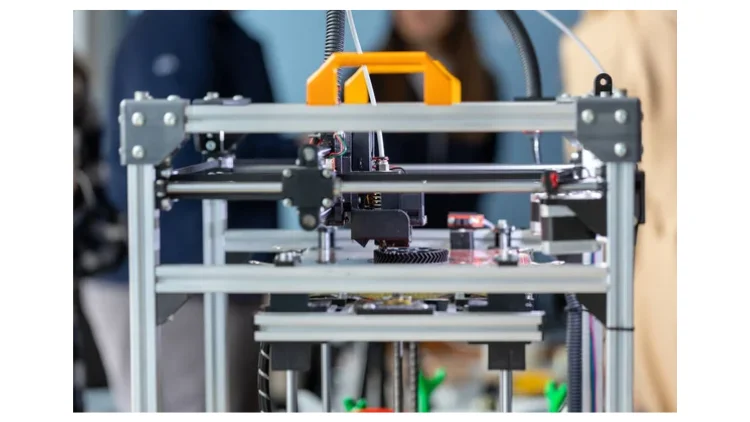
Comparison Table Between 3D Printing and CNC Machining
| Aspect | 3D Printer | CNC machine |
| Principle | Additive manufacturing | Subtractive manufacturing |
| Unlimited material availability | No | Yes |
| Precision | Ranging from 0.016 resolution to 1 mm+, around 0.2 mm on average | 0.005 mm precision, where new cutters, slow feeds, and shallow cuts are used |
| Speed of built | Low setup time but the build-up time is high | Very high setup and programming time, cutting stages are fast |
| Cost | Very low | 5x to 10x of the cost of 3D printing |
| Strength | 10-20 percent of native material | 100 percent of native material |
| Technical skill requirement | Relatively low | Extremely high |
| Surface finish | Grained, stepped, and rough features are often blurred | High-quality surface finish |
CNC Machine vs 3D Printer: Lead Cost Comparison
Cost is often an important parameter when discussing a CNC machine vs a 3D printer. CNC machining typically incurs significant upfront costs due to its complex programming and setup, often ranging from five to ten times higher than 3D printing.
On the other hand, 3D printing tends to have lower setup costs compared to CNC machining because of the minimal setup time and the fact that it requires less complex programming.
However, it’s crucial to consider the cost implications over the entire production process. In scenarios where a series of prototypes with small adjustments are required, CNC machining may offer cost advantages in the long run. However, in 3D printing, the cost of producing subsequent 3D-printed parts remains consistent, regardless of modifications.
Therefore, while CNC machining may entail higher lead costs initially, its ability to produce multiple iterations with lower setup costs can result in cost savings over time.
We have prepared a separate how to calculate CNC machining cost per hour.
CNC Machine vs 3D Printer: Speed Comparison
CNC machining often excels in the speed of material removal compared to the deposition process of 3D printing. However, several factors determine the speed of a specific process.
For instance, in 3D printing, the setup time is minimal before you can start printing a component. While the printing process itself may be slow compared to other methods, most prints can be completed within a few hours and are ready to use afterward.
In contrast, setting up CNC machining involves several steps, like getting materials, writing code, and tool setup. These preparations can take a significant amount of time before the first cut is made. However, the total production time depends on the complexity of the final cut produced; usually, it takes a day or so.
CNC Machine vs 3D Printer: Volume Comparison
When considering volume production, CNC machining often presents a more cost-effective option compared to 3D printing, particularly when setup efforts can be spread across multiple parts. With CNC machining, the extensive setup required can be amortized over a larger batch of parts, reducing the overall cost per piece.
This means that as the volume of parts increases, the per-unit cost decreases, making CNC machining an efficient choice for large-scale production runs. On the other hand, 3D printing doesn’t offer the same volume advantages as CNC machining. Each part produced through 3D printing requires the same amount of material and machine time, regardless of the volume being produced.
As a result, 3D printing may not be as cost-effective for high-volume production compared to CNC machining. So, CNC machining is well-suited for high-volume production, while 3D printing is more suitable for smaller-scale manufacturing and prototyping applications.
CNC Machine vs 3D Printer: Materials Comparison
Both 3D printing and CNC machining can work with various materials, including plastics and metals. However, 3D printing tends to focus more on plastics, although advancements are being made in metal 3D printing by companies like 3D Systems and Markforged.
Common plastics used in CNC machining include ABS, nylon, polycarbonate, acrylic, polypropylene, POM, and PEEK. Aluminum is also widely used in CNC due to its mechanical properties, recyclability, and suitability for prototyping. Besides aluminum, stainless steel, magnesium alloy, and brass are some other metals that can be used in CNC.
In 3D printing, thermoplastics like ABS, PLA, Nylon, and ULTEM are common, along with photo-polymers such as wax and biocompatible resins. Some 3D printers can also work with sand, ceramics, and even living materials. Though you can use metals like aluminum, stainless steel, titanium, and Inconel, you need expensive industrial machines for them.
CNC Machine vs 3D Printer: Pros and Cons
The advantages of 3D printing compared to CNC machines include:
- 3D printing offers faster and more cost-effective production of net-shaped parts. In contrast, CNC machining is time-consuming and expensive.
- Office-friendly, with modest skills in setup and maintenance required, making them accessible to a broader audience. On the contrary, CNC machining requires high technical expertise.
The disadvantages of 3D printing compared to CNC machines include:
- Different 3D printing processes may result in varied strength compared to the “native” properties of materials. For instance, the UTS of ABS in fused filament fabrication can be as low as 10%, while selective laser sintering of nylon may achieve up to 100% of the material’s strength. In contrast, CNC machining produces parts from the original materials without disruption, resulting in generally high strength.
- While 3D printing can achieve good dimensional accuracy, achieving high precision can be challenging. CNC machining, on the other hand, offers high precision.
The advantages of CNC machining compared to 3D printing include:
- CNC machining utilizes engineering materials and preserves the full properties of these materials without disruption. In contrast, 3D printing often relies on weaker material approximations.
- CNC machining produces parts with greater precision as machine tolerances can be held closer compared to 3D print tolerances.
The disadvantages of CNC machining compared to 3D printing include:
- CNC machining operates by cutting away material that is not required for the final part, resulting in waste material. Conversely, 3D printing is often regarded as a “low waste” option since it only uses the necessary amount of material to build the desired part.
- CNC machining frequently involves the creation and mounting of specialized tools, adding complexity to the machining process. In contrast, 3D printing typically builds parts freely on a table or scaffold without the need for intricate tooling arrangements.

What Are the Mutual Alternatives to 3D Printing and CNC Machining?
One mutual alternative to both 3D printing and CNC machining is injection molding. Injection molding offers a single-operation process to produce shaped parts that closely match the original 3D file.
However, it’s important to note that while injection molding can serve as an alternative, the tool-making process involved often limits its use as a substitute for most 3D print applications. This limitation arises unless the required production volume is sufficiently high to justify the tooling costs associated with injection molding.
What Are the Similarities Between 3D Printing and CNC Machining?
Both approaches have a few basic things in common, such as:
- They create 3D products based on 3D models.
- They follow instructions from a computer.
- They are compatible with OBJ and STL file types.
- Both are very common today.
Conclusion
So, in this CNC machine vs 3D printer guide, you have seen both solutions have their pros and cons, so there is no rule of thumb as to which one is ideal. It depends on your product requirements. 3D printing is advantageous in terms of time and cost to build parts. But when it comes to high precision, better strength, and mass production, CNC becomes a priority. If you are looking for CNC machining services near me, contact us today for all your CNC machining needs.

